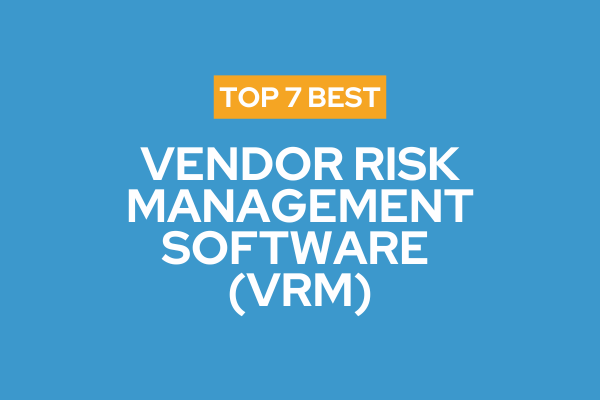
Top 7 Vendor Risk Management Software (VRM)
Explore the best VRM software to streamline due diligence, monitor vendors in real time, and support compliance, reporting, and business continuity.
Published on October 24, 2025
Last updated on November 27, 2025
Emergencies are unpredictable. When they occur, communication speed and accuracy determine how effectively an organisation responds and recovers. From natural disasters to cyber incidents, the ability to alert, inform, and instruct people in real time can significantly reduce risk, protect lives, and maintain operational stability.
Emergency and mass notification systems (EMNS) automate this critical communication process. They deliver urgent messages to employees, partners, and stakeholders through multiple channels simultaneously — SMS, voice, email, and mobile apps — ensuring no one is left uninformed during an incident.
With remote workforces, dispersed teams, and global operations now commonplace, these systems have become an integral part of business continuity and crisis management frameworks. Below, we explore what EMNS are, what features you should prioritise, and the leading providers shaping this essential technology in 2025.
Emergency and mass notification software enables organisations to send timely, targeted alerts during critical events. These systems automate the dissemination of important information to predefined groups, ensuring recipients receive alerts quickly through multiple channels.
They are used across sectors — from finance and education to healthcare and manufacturing — to support incident management, evacuation procedures, and operational resilience efforts. The main goal is simple: ensure the right message reaches the right people at the right time, enabling fast decision-making and coordinated response.
A robust EMNS must combine reliability, speed, and control. When evaluating vendors, focus on these essential capabilities.
Messages must reach recipients regardless of device or location. Systems should support SMS, voice calls, push notifications, emails, and digital signage to maximise reach and redundancy.
Beyond one-way alerts, modern EMNS allow recipients to confirm safety or report conditions. This feedback helps emergency teams assess the situation in real time and prioritise actions.
Geofencing capabilities allow alerts to be sent to users based on their physical location, ensuring that only relevant recipients receive critical information.
Strong integration with HR databases, access control, and business continuity tools ensures notifications reach the correct audiences automatically without duplication or delay.
Templates and automated triggers save time in high-pressure moments, reducing manual input and enabling consistent communication across multiple incident types.
Detailed logs and delivery reports help organisations review performance, confirm compliance, and refine their crisis communication plans post-event.
Given the sensitivity of data involved, encryption, redundancy, and uptime guarantees are essential for maintaining trust and operational continuity.
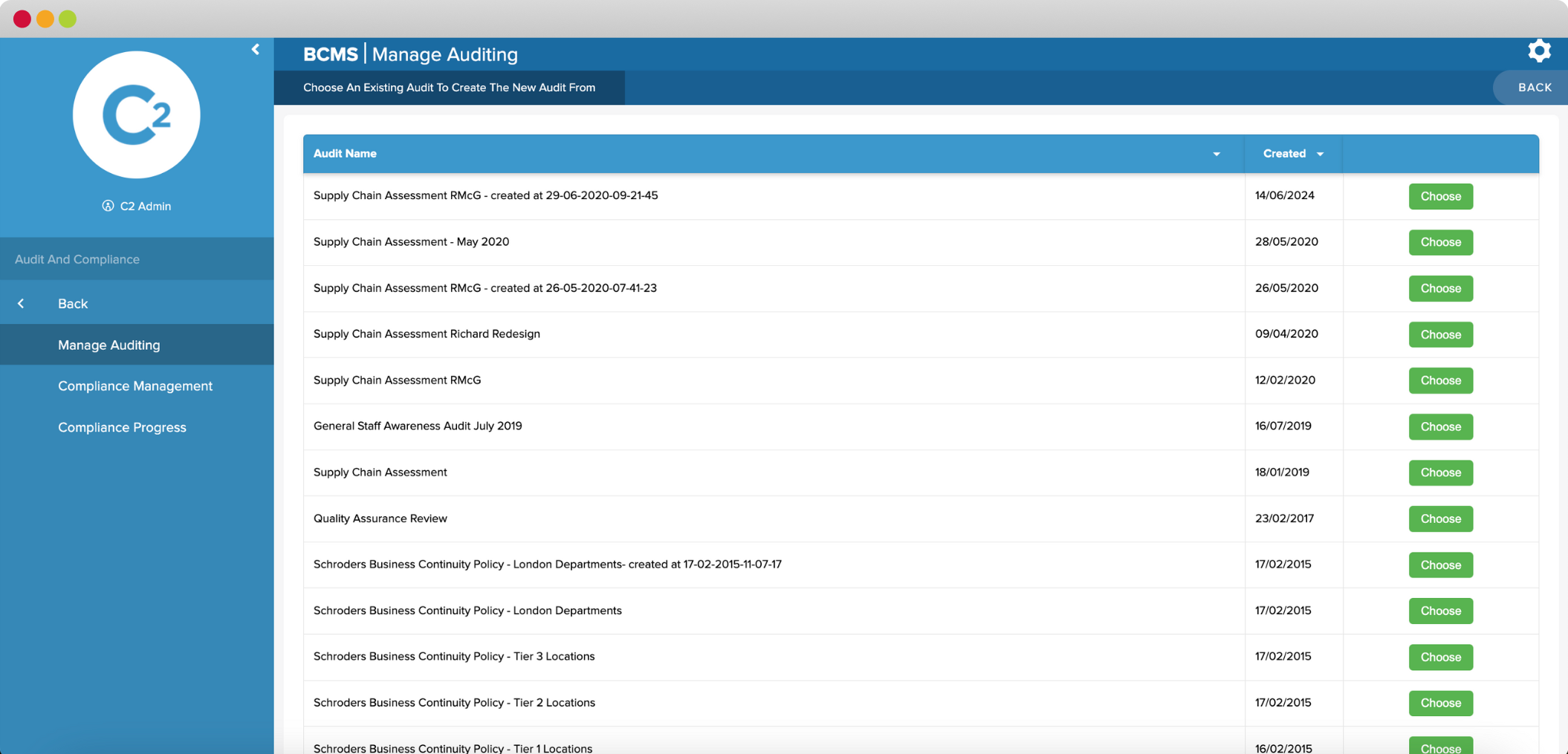
Continuity2 integrates emergency and mass notification capabilities directly into its wider business continuity and operational resilience platform, C2 Meridian. Designed for global enterprises, it allows organisations to trigger alerts, activate response teams, and monitor acknowledgements in real time.Its system supports multi-channel communication and integrates seamlessly with existing continuity workflows.
Key Features:
Best for: Large organisations seeking a unified resilience platform that combines notification, incident management, and business continuity.

Everbridge is one of the most recognised global EMNS providers. Its Critical Event Management (CEM) suite offers powerful alerting, risk intelligence, and situational awareness tools. Organisations can automate notifications for a range of events, from IT disruptions to severe weather.
Key Features:
Best for: Enterprises needing scalable, global notification capabilities with integrated risk monitoring.
AlertMedia is valued for its intuitive interface and strong mobile functionality. It supports two-way communication and geotargeted alerts, ideal for mobile or dispersed teams.
Key Features:
Best for: Mid-sized organisations and distributed teams seeking user-friendly, mobile-first alerting.
Alertus specialises in unifying physical and digital alerting systems, such as desktop pop-ups, wall beacons, and digital signage. It’s widely adopted in educational and public-sector settings.
Key Features:
Best for: Universities, hospitals, and government institutions with on-site alerting needs.
Singlewire Software integrates deeply with Cisco and Microsoft Teams, making it ideal for organisations using those ecosystems. It supports voice, text, and digital signage alerts.
Key Features:
Best for: Enterprises using Cisco or Teams infrastructure for unified communications.
Rave Alert offers a simple, reliable, and cloud-based EMNS platform, popular with government and educational institutions. Its mass texting and voice calling capabilities are highly scalable.
Key Features:
Best for: Public sector and education users seeking reliable, compliant alerting.
OnSolve provides critical event intelligence and mass notification within one solution. It helps enterprises anticipate, assess, and act on threats using automated workflows and analytics.
Key Features:
Best for: Multinational organisations prioritising predictive intelligence and automation.

Crises Control combines alerting, incident management, and task tracking in one platform. Its multilingual support and intuitive dashboard make it ideal for global teams.
Key Features:
Best for: Global enterprises managing cross-border operations and multilingual teams.
Omnilert offers both mass notification and active shooter detection capabilities. The platform integrates AI-driven video analytics to trigger alerts automatically.
Key Features:
Best for: Educational institutions and large facilities requiring proactive threat detection.
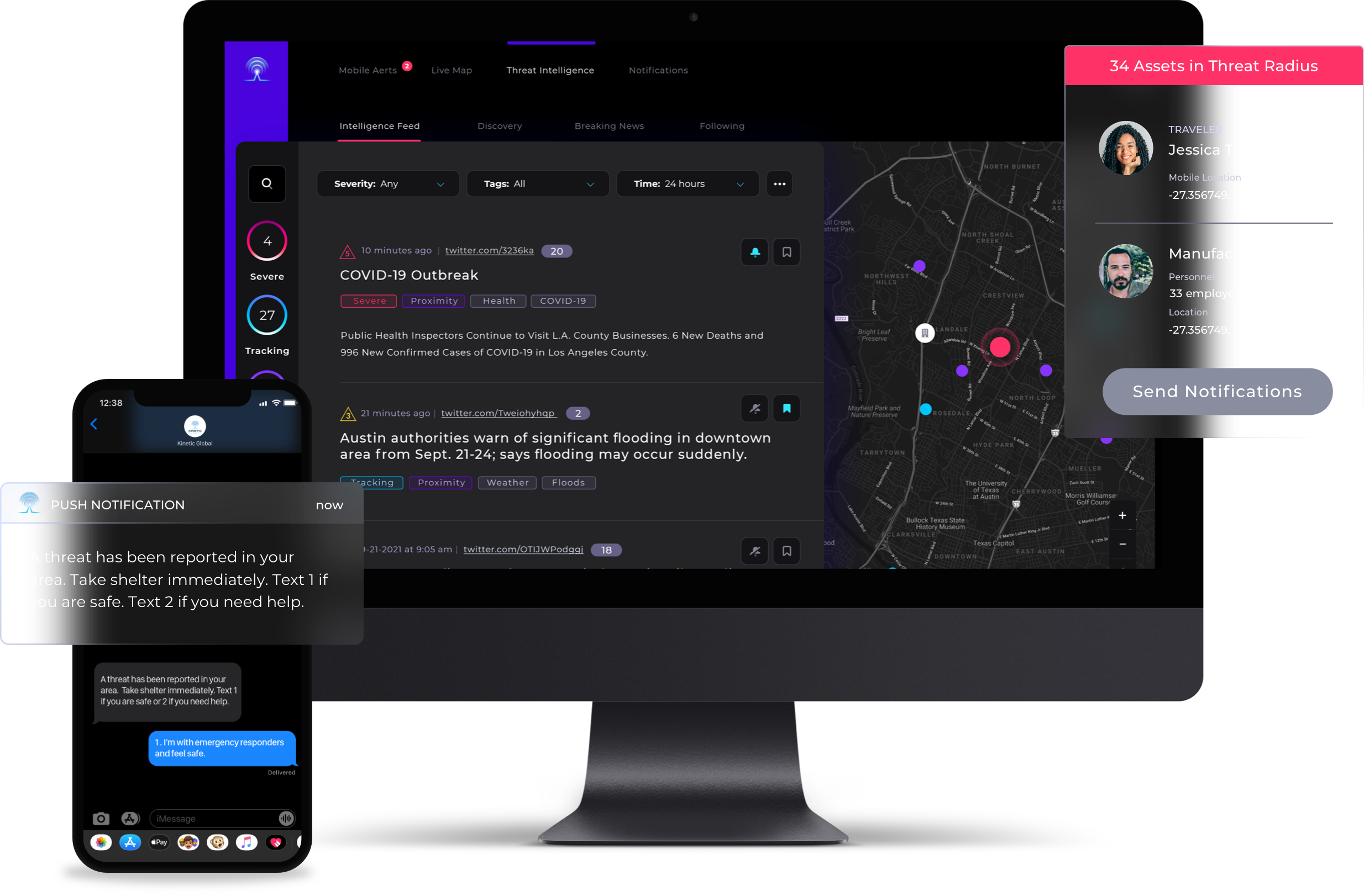
Kinetic Global merges travel risk management with mass notification, helping organisations safeguard mobile and remote employees worldwide.
Key Features:
Best for: Organisations with mobile workforces and global travel risk considerations.
An EMNS strengthens crisis communication by enabling faster, more coordinated responses that protect people, maintain continuity, and enhance organisational resilience.
Automated alerts reduce manual communication delays, allowing leaders to reach thousands instantly. Faster notifications translate directly into faster response and recovery.
Real-time alerts help protect staff by delivering clear, actionable instructions during crises. Two-way communication confirms safety status and identifies those needing assistance.
By integrating EMNS with business continuity processes, organisations maintain operations more effectively during disruptions, minimising downtime and reputational damage.
Comprehensive reporting supports documentation for regulatory and insurance requirements. Audit trails demonstrate due diligence in crisis communication.
Consistent and coordinated communication fosters trust and preparedness across teams, supporting long-term resilience and organisational maturity.
For business continuity and resilience leaders, emergency and mass notification systems are no longer optional — they’re fundamental to effective incident response. By combining communication, automation, and analytics, these platforms empower organisations to protect their people and maintain operations under any circumstances.
Continuity2’s C2 Meridian unites notification, incident management, and operational resilience in a single, integrated solution — reducing complexity and driving faster, more informed decisions when it matters most.
Book a Demo with Continuity2 today to see how your organisation can strengthen its resilience through automated emergency communication and continuity management.
Founder & CEO at Continuity2
With over 30 years of experience as a Business Continuity and Resilience Practitioner, Richard knows the discipline like the back of his hand, and even helped standardise BS25999 and ISO 22301. Richard also specialises in the lean implementation of Business Continuity, IT Service Continuity and Security Management Systems for over 70 organisations worldwide.


Founder & CEO at Continuity2
With over 30 years of experience as a Business Continuity and Resilience Practitioner, Richard knows the discipline like the back of his hand, and even helped standardise BS25999 and ISO 22301. Richard also specialises in the lean implementation of Business Continuity, IT Service Continuity and Security Management Systems for over 70 organisations worldwide.

Explore the best VRM software to streamline due diligence, monitor vendors in real time, and support compliance, reporting, and business continuity.

Discover the top 8 Disaster Recovery as a Service (DRaaS) solutions—features, benefits and use cases to cut downtime, minimise data loss and meet compliance.
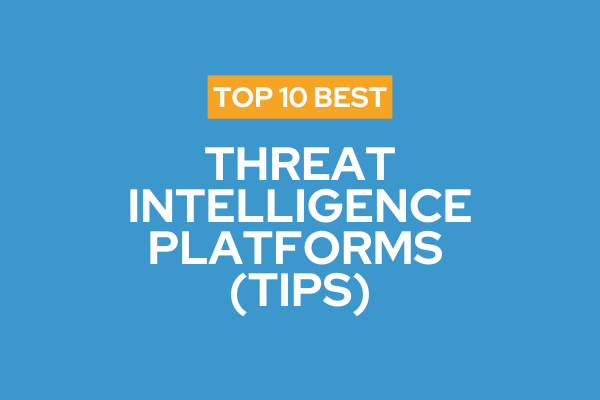
Discover the top 10 Threat Intelligence Platforms of 2025 to detect, analyse, and respond to cyber threats with greater speed and precision.
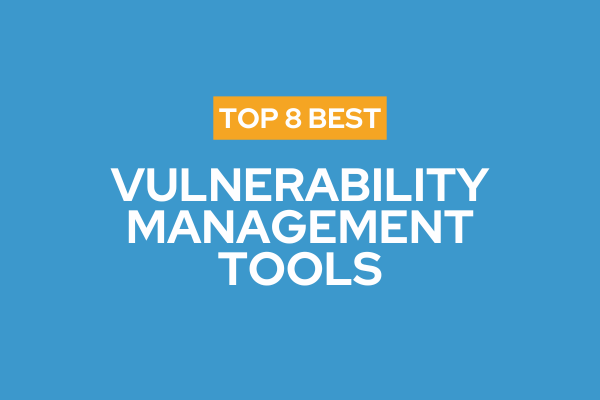
Explore the best VRM software to streamline due diligence, monitor vendors in real time, and support compliance, reporting, and business continuity.
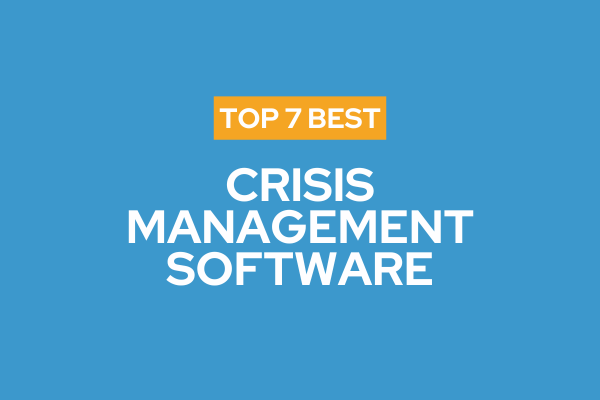
Compare the top 7 crisis management software—tools that centralise response, speed communication, automate workflows, and improve audit-ready reporting.
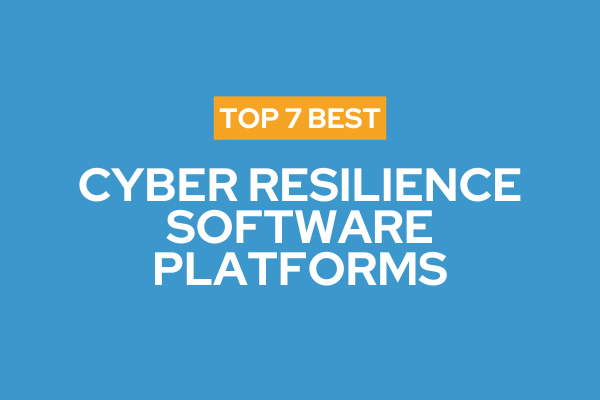
Compare the top 7 cyber resilience platforms that unite prevention, detection and recovery to cut downtime, protect data and keep operations running.
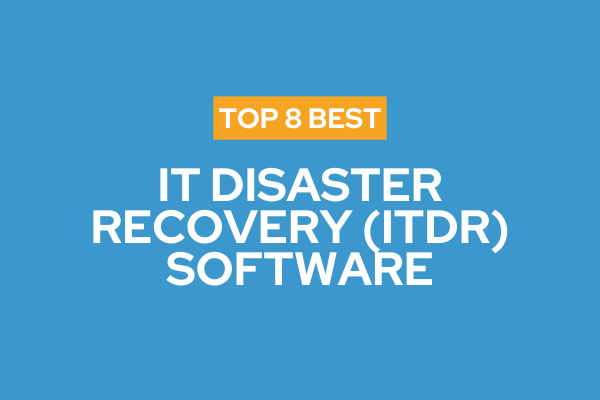
Explore the top 8 ITDR software solutions that automate recovery, minimise downtime, improve compliance, and enhance business resilience.
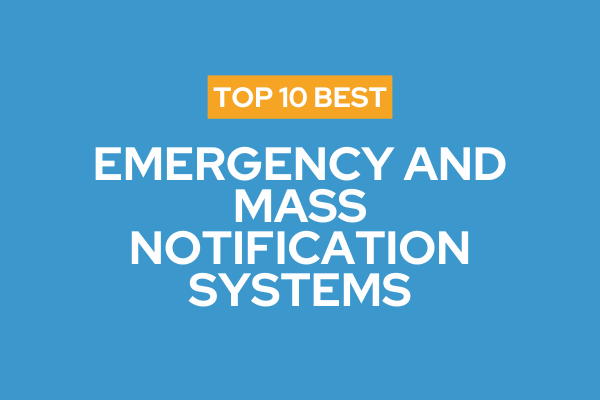
Discover the top 10 Emergency & Mass Notification Systems for 2025—features, use cases and benefits to speed alerts, protect people and maintain continuity.
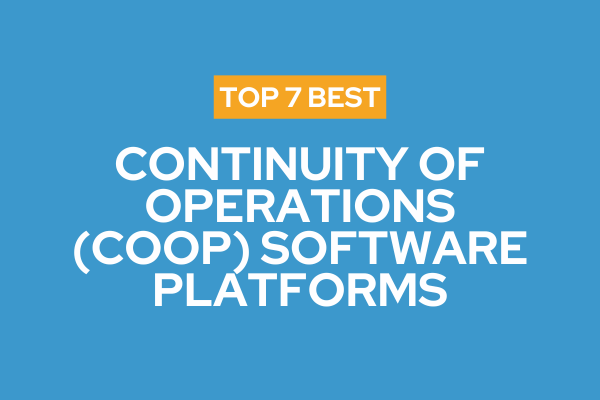
Explore the top 7 COOP software platforms that help organisations plan, test, and sustain operations during disruptions, ensuring resilience and compliance.